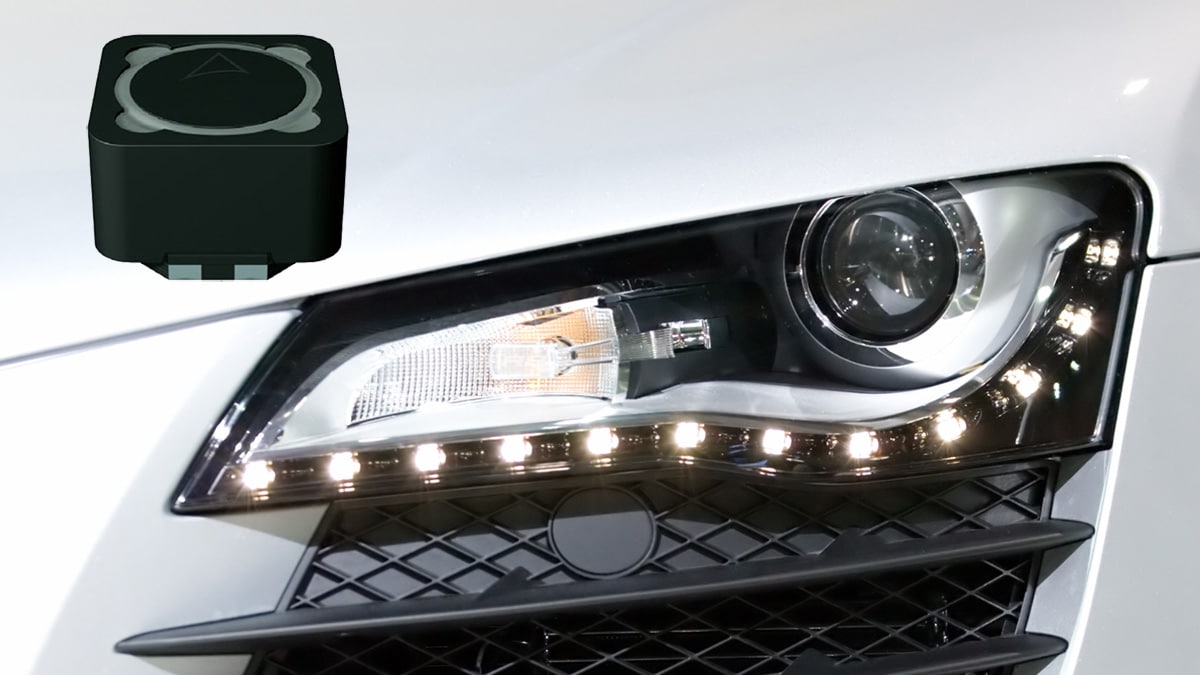
In the ever-evolving landscape of automotive technology, one of the most significant advancements in recent years has been the widespread adoption of LED headlights. As consumers increasingly prioritize safety, efficiency, and aesthetics, LED headlights have emerged as a game-changer, offering numerous benefits over traditional lighting systems. In this article, we’ll explore how LED headlight manufacturers are leading the charge in revolutionizing automotive lighting.
The Rise of LED Technology:
LED (Light Emitting Diode) technology has been around for decades, initially used primarily in electronics and indicator lights. However, advancements in LED technology have led to its widespread adoption in various applications, including automotive lighting.
LED headlights offer several advantages over traditional halogen and xenon headlights. They are more energy-efficient, consuming less power while providing brighter illumination. This increased efficiency not only improves fuel economy in vehicles but also reduces strain on the electrical system.
Furthermore, LED headlights have a longer lifespan compared to traditional bulbs, lasting up to 25,000 hours or more. This longevity translates to reduced maintenance costs for vehicle owners, as they are less likely to need frequent replacements.
Enhanced Safety and Visibility:
One of the most significant benefits of LED headlights is their superior visibility. LED lights produce a crisp, white light that closely resembles natural daylight. This illumination enhances visibility for drivers, particularly in low-light conditions or inclement weather.
Moreover, LED headlights offer quicker response times compared to traditional bulbs. They illuminate almost instantly, providing immediate visibility of the road ahead. This rapid response can be crucial in avoiding accidents and reacting to unexpected obstacles on the road.
Additionally, many LED headlight systems feature adaptive lighting technology, which adjusts the direction and intensity of the light beam based on driving conditions. This adaptive lighting improves visibility around curves and bends, further enhancing safety for drivers and pedestrians alike.
Customization and Design Flexibility:
LED technology offers unparalleled design flexibility for automotive manufacturers. Unlike traditional bulbs, which are limited in shape and size, LEDs can be arranged in various configurations to create distinctive and eye-catching designs.
LED headlights allow designers to incorporate intricate patterns, dynamic lighting effects, and signature elements into the vehicle’s exterior styling. This customization not only enhances the aesthetic appeal of the vehicle but also reinforces its brand identity and distinguishes it from competitors.
Furthermore, LED technology enables the integration of additional features into headlight assemblies, such as daytime running lights, turn signals, and adaptive high beam assist. These multifunctional headlights not only improve visibility and safety but also contribute to a more cohesive and streamlined design aesthetic.
Environmental Benefits:
In addition to their performance advantages, LED headlights offer significant environmental benefits. LED technology is inherently more eco-friendly than traditional lighting systems, as it consumes less energy and produces fewer greenhouse gas emissions.
Moreover, LED headlights are free of harmful substances such as mercury, which is commonly found in traditional halogen and xenon bulbs. This makes LED headlights easier to recycle and dispose of at the end of their lifespan, reducing their environmental impact.
Furthermore, the energy efficiency of LED headlights contributes to reduced fuel consumption in vehicles, ultimately lowering carbon emissions and promoting sustainability in the automotive industry.
Conclusion:
LED headlight manufacturers are at the forefront of revolutionizing automotive lighting technology. With their energy efficiency, superior visibility, design flexibility, and environmental benefits, LED headlights have become a cornerstone of modern vehicle design.
As consumer demand for safety, efficiency, and aesthetics continues to drive innovation in the automotive industry, LED headlights are poised to remain a key differentiator for manufacturers seeking to stay ahead of the curve. By harnessing the power of LED technology, automakers can create vehicles that not only look sleek and stylish but also provide enhanced safety and performance on the road.
